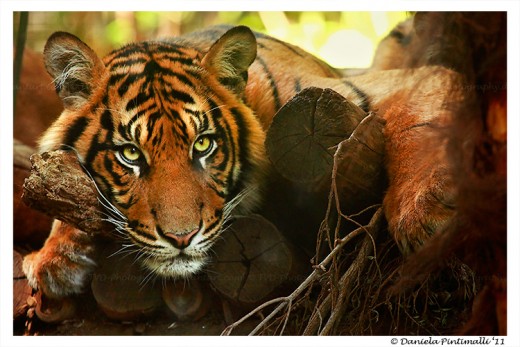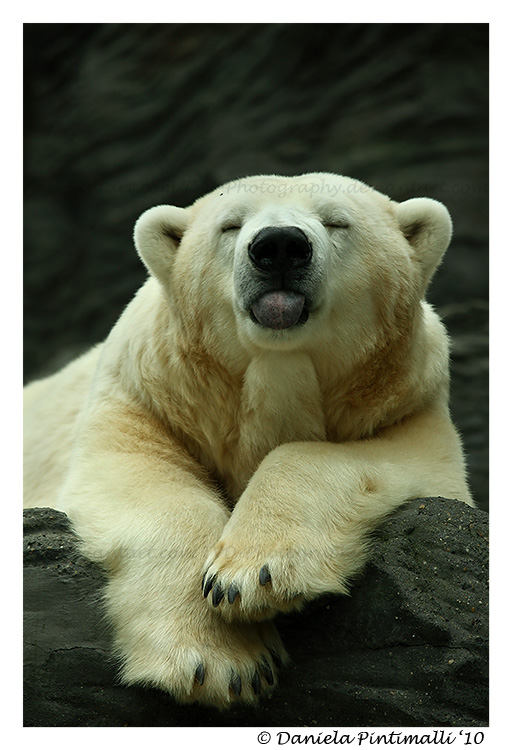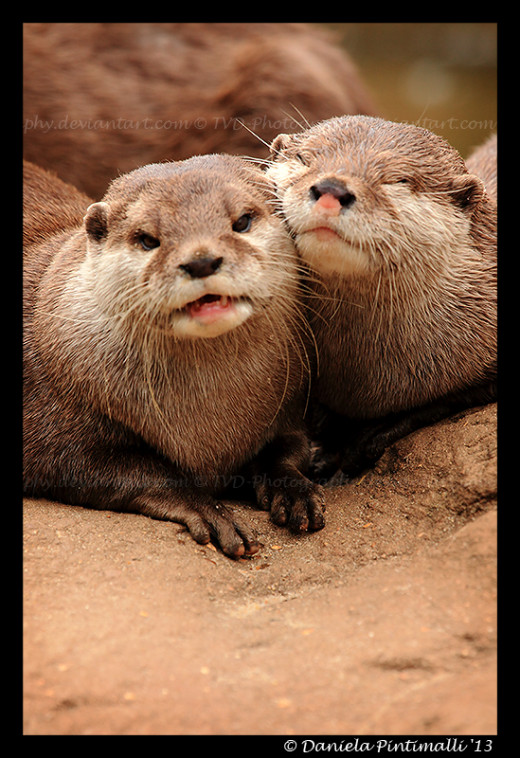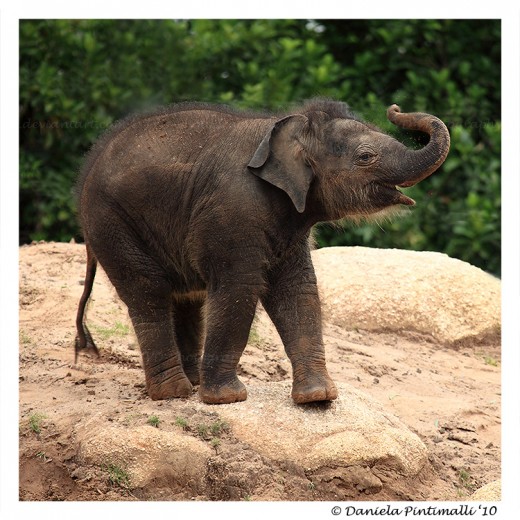TVD's awesome zoo photography tips!

Why zoo photography?
I do love my zoo photography and zoos give us the opportunity get up close with some amazing wildlife that we would not be able to see unless we could afford to travel all over the world and photograph them. Of course you can watch documentaries but it really is not the same.
I also believe zoos are great in the education of conservation and to make people aware of the importance of
saving our endangered wildlife and stop destroying their homes. Zoos are also great for their breeding programs and ensuring that these animals do not become extinct. Some of their animals that are part of breeding programs can also be released back into the wild depending if they think they could survive. Some are even resued from the wild when injured and nursed back to health to then be released back into the wild.
I would love to just travel
the world and see these amazing animals in their natural habitat but it is
not always possible due to time, money and having a full time job. So the zoo offers
the opportunity to photograph them and luckily my zoo which is Melbourne Zoo has beautiful and natural enclosures for their animals. I love the challenge of trying to make my photos look as natural as possible and sharing them with those who do not get the opportunity to see them at all. If I'm able to make a fair bit of extra money I'd be travelling to their natural habitats for sure.
So if you have a camera, even if it's not a DSLR, and love animals you should get yourself down to your local zoo. Even if you are a beginner it doesn't matter, it's all good practice and a lot of fun. If you start going more often and have a little patience you will get to know the animals routines and get the shot, sometimes though it can also come down to being in the right place at the right time. When you do get that special moment it makes the experience all the better :)

Zoo Photography tips!
1. To get a great close up shot you are going to need a decent telephoto lens. If you only have a small camera with no telephoto, you wont get the clear up close shots but don't be discouraged. Just do your best with what you have available to you. Photograph animals such as reptiles or enclosures with glass so the annoying fences don't ruin your shots.
I have a Canon 100-400mm lens when I go to the zoo. Some say it's great if you have a monopod to reduce camera shake but I find I am quite comfortable and can move around a lot more without, it gives me more flexibility. If you find that you can't hold the camera steady enough I'd recommend getting yourself one. If you don't have one though try leaning against a wall or barrier to steady yourself :)
2. Hate fences? Me too so to eliminate this get your lens as close to the fence as possible. With some enclosures at my zoo I am able to lean over the first fence to get a bit closer. Don't be afraid to do this but don't break any rules by jumping over any fences or ruining the plants/shrubs that may be around, you don't want to set a bad example for others.
3. I do find a nice overcast day is the best. That way you're not going to get those annoying overblown highlights or too much shadow. If they are part in the shade and sun you will find it more difficult to get a good photo. If it's a bright sunny day try to photograph subjects in the shade, your images will be better overall without those harsh shadows and too much contrast. But again it depends on the enclosure so get your settings right such as shutter speed and the f-stop.
4. Patience is a virtue, or so they say. I find sometimes I am there for an hour or more waiting for something to happen and sometimes I am unsuccessful. Don't just have a peek and move on but if you find that they are having a nap, come back and try your luck later. If you go often enough you will start learning when they are most active (feeding time is good I find).
5. Get down to eye level with the animals if possible. This really makes for a good photo especially when eye contact is made, that is how you can get a sense of real emotion from the animals you are photographing. That and there is nothing worse than a bad birds eye view of an animal, looks very unnatural and I think can ruin the mood of a photo.
6. Practice! You're not going to get all those great photos in one day so keep on practising as often as possible and read up on more tips and tricks that can help you :)

Do you like zoos?









